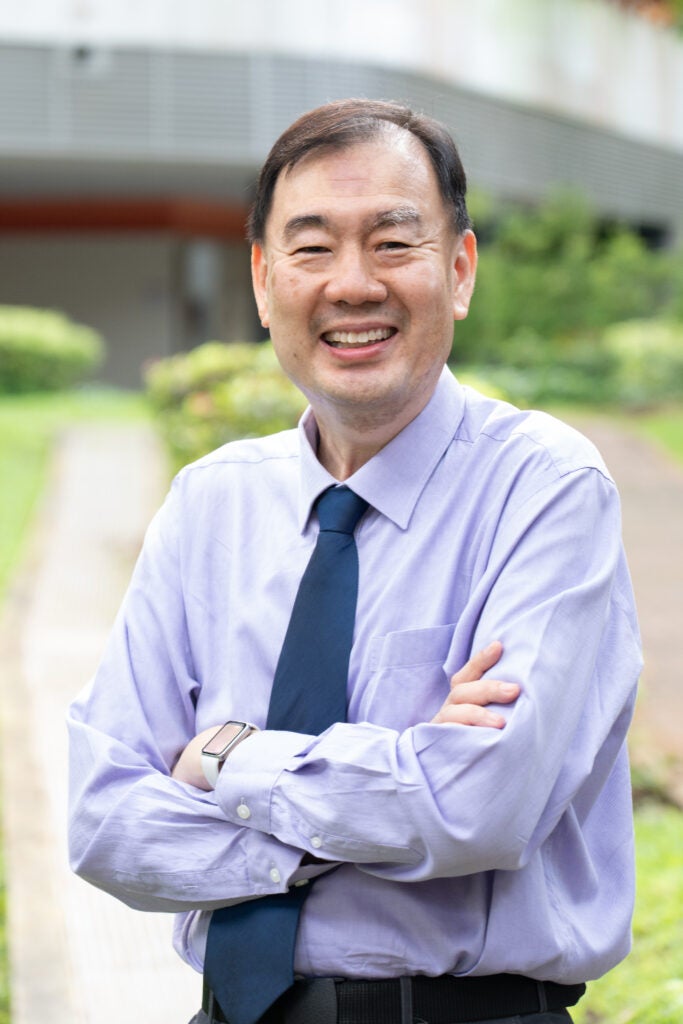Biography
Chua Tai Wei currently holds the position of Adjunct Associate Professor within the Dean’s Office (College of Design & Engineering) at the National University of Singapore. With over 31 years of professional experience in design, Tai Wei has developed a diverse range of products, from communication systems to Low Earth Orbit Satellites.
In 1996, as a pioneering member of the team tasked with developing Singapore’s capabilities in Satellite Design and Development, Tai Wei collaborated with Professor Martin Sweeting of the Surrey Space Centre, University of Surrey. Their efforts led to the development of the Merlion communications payload and the UoSAT-12 Mini-satellite, which was launched in 1999 from Baikonur Cosmodrome using the demonstration launch of the first demilitarized SS-18 ICBM, known as the Dnepr launch vehicle.
Subsequently, Tai Wei contributed to the establishment of the Centre for Research in Satellite Technologies (CREST, NTU), Singapore’s first dedicated research and development centre for the development of Small Low Earth Orbit Satellites. From 2000 to 2010, CREST successfully developed the laboratories and processes for Spacecraft development, Assembly, and Integration of 100 kg Ariane ASAP-5 class satellites. This effort culminated in the development of Singapore’s first locally developed satellite, X-Sat, which was launched in 2011 via PSLV-C16 from Satish Dhawan Space Centre, India. X-Sat, with its multispectral imaging capabilities, in conjunction with CRISP-NUS, captured images of the wildfires in Sumatra, Indonesia, which were causing the 2013 Southeast Asian haze crisis. This demonstrated the direct benefits of Space Technology to people on Earth.
In 2011, Tai Wei went on to assist in the development of the ST Engineering’s Satellite Hub @ Ang Mo Kio, the first commercial Satellite manufacturing facility in Singapore. This effort produced TeLEOS-1, Singapore’s first metric resolution Electro Optical Imaging satellite. This achievement was recognized with the President’s Technology Award for 2016.
Tai Wei then contributed to the TeLEOS-2 programme, which resulted in the launch in 2023 of the 750kg locally developed high-resolution Synthetic Aperture Radar satellite, capable of producing high-resolution imagery in day and night. In these programmes, Tai Wei led the RF Engineering team to develop both the RF and EMC engineering efforts for these satellites.
Currently, Tai Wei serves as the Deputy Director of Products and Innovation, leading Research and Development into new technologies at ST Engineering Satellite Systems.
Tai Wei graduated from Nanyang Technological University in 1992 with his B.Eng, specialising in RF Communications, and in 1999 with his M.Eng., specialising in Satellite Engineering. From 2000 to 2006, Tai Wei also served as Assistant Professor with the School of EEE, NTU, lecturing in Cryptography.
Research Interests
- RF and Microwave Circuit Design
- Modulation and Coding
- FPGA and Signal Processing
- Spacecraft Engineering


